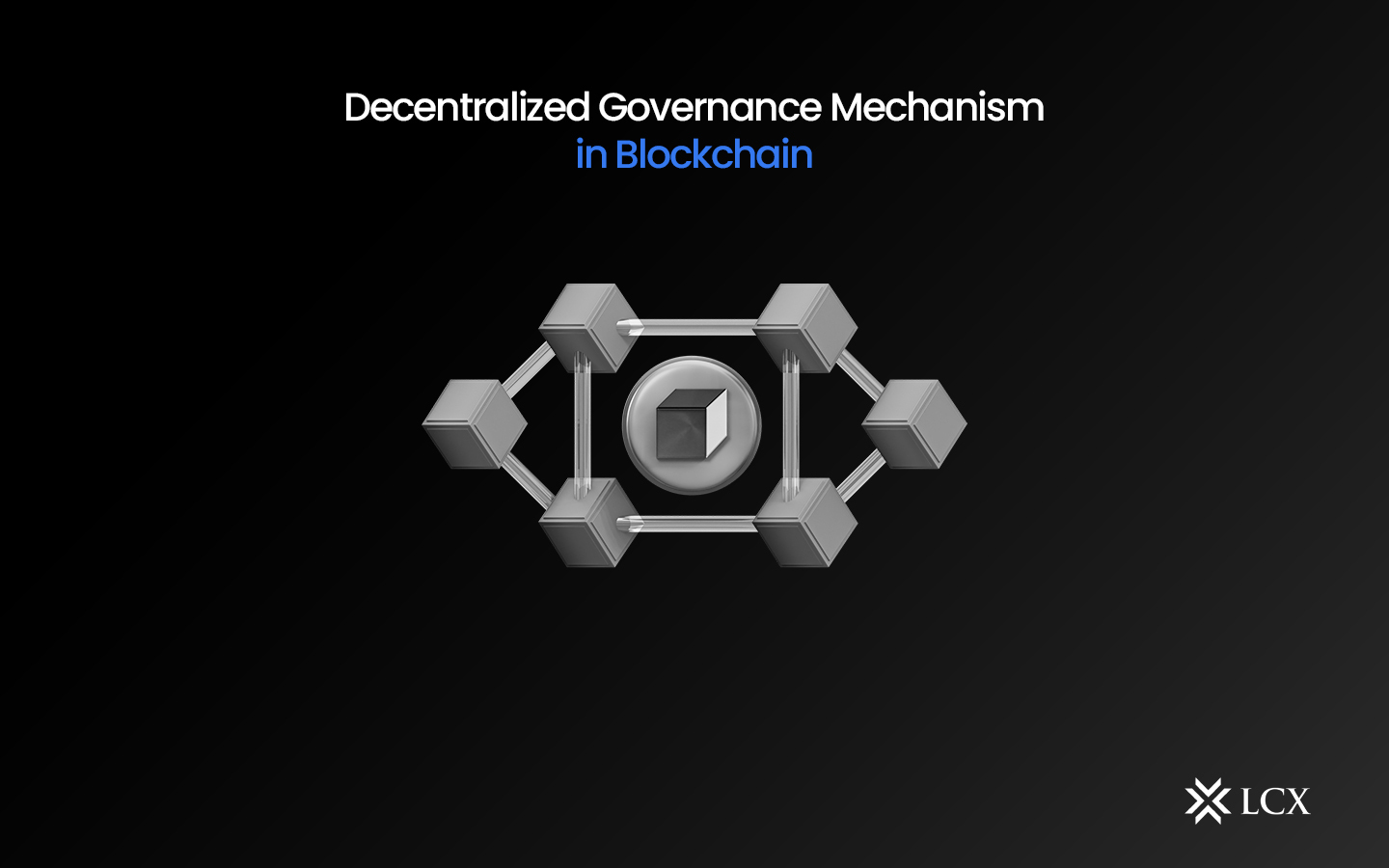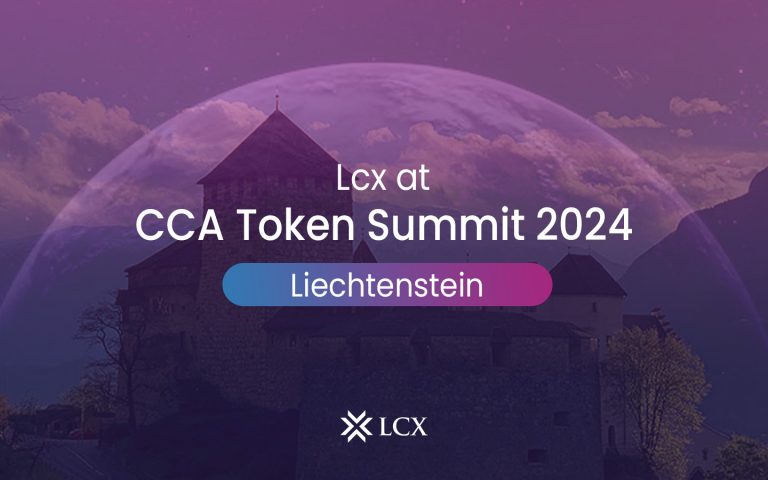The crypto ecosystem represents a significant revolution towards a more decentralized global economy. The advancement of blockchain technology is significantly dependent on innovation. Its primary appeal, as Satoshi Nakamoto envisioned it, was its decentralization. Since its inception, a cascading effect has extended the use of blockchain and new cryptocurrencies to a variety of industries.
In blockchain technology, there are three primary methods of governance: founder-based, council-based, and expressive representation. In addition, there are two categories of decision-making: on-chain and off-chain. In a founder-based governance structure, only one individual, typically the company’s founder, has the deciding vote. This concept is not novel and derives from the conventional startup management structure.
When a group of individuals governs a blockchain, they are known as a council. The council is comprised of an elite group of founders, early adopters, and contributors who are readily identifiable. These individuals are tasked with governing the blockchain, including making major decisions regarding enhancements or updates. The ultimate form of government is representative expression. In this form of government, citizens either vote directly or delegate their authority by electing representatives to act on their behalf.
Understanding Decentralized Governance
Decentralized governance refers to a system where decision-making authority and control are distributed among a network of participants rather than concentrated in a central authority. In traditional governance models, power is often centralized in the hands of a few individuals or organizations, leading to potential issues of opacity, corruption, and lack of inclusivity. In contrast, decentralized governance on the blockchain aims to create a transparent, accountable, and participatory decision-making process.
Key Components of Decentralized Governance
- Distributed Consensus: The foundation of decentralized governance is the distributed consensus protocol, such as Proof-of-Work (POW) or Proof-of-Stake (POS), which ensures agreement among network participants. Through consensus algorithms, blockchain networks achieve trust and security, enabling participants to collectively make decisions without the need for intermediaries.
- Smart Contracts: Smart contracts, self-executing agreements with predefined rules and conditions, play a crucial role in decentralized governance. They facilitate the automation of decision-making processes by enforcing rules and executing transactions based on predefined conditions. Smart contracts ensure transparency, immutability, and eliminate the need for intermediaries.
- Tokenomics and Governance Tokens: Many blockchain-based governance systems employ tokens to incentivize participation and distribute voting power among network participants. Governance tokens represent ownership or voting rights within a decentralized network, allowing token holders to influence decisions and shape the direction of the project. This enables a more democratic and inclusive governance structure.
Benefits of Decentralized Governance
- Transparency and Accountability: Decentralized governance mechanisms promote transparency by making all decisions and actions recorded on the blockchain publicly accessible. This fosters accountability as participants can scrutinize and verify the integrity of governance processes, reducing the potential for corruption and manipulation.
- Inclusivity and Community Empowerment: By leveraging decentralized governance, blockchain projects can empower their communities and stakeholders to actively participate in decision-making. Individuals who hold governance tokens have a voice and can contribute to shaping the future direction of the project. This inclusivity enhances the sense of ownership and fosters a stronger community.
- Flexibility and Adaptability: Traditional governance systems often struggle with adapting to changing circumstances and technological advancements. Decentralized governance allows for swift decision-making and protocol upgrades through community-led proposals and voting. This flexibility enables blockchain networks to evolve and respond to the needs of their users effectively.
Off-chain Governance Mechanisms
Off-chain governance mechanisms involve decision-making processes that occur outside the blockchain protocol itself. They often rely on social consensus and involve stakeholders engaging in discussions, debates, and voting through various means, such as online forums, community platforms, and public forums. Let’s explore some notable off-chain governance mechanisms:
- Governance Proposals: Participants within the blockchain community can submit proposals for network improvements, changes, or policy updates. These proposals are typically discussed and debated extensively within the community before implementation.
- Community Voting: To reach a consensus, stakeholders can participate in voting processes, where each participant has a certain weight based on their stake or reputation within the network. Voting can be conducted through on-chain or off-chain mechanisms, depending on the specific blockchain protocol.
- Social Consensus: In some cases, off-chain governance relies on building a broad social consensus through open discussions, debates, and public discourse. This process encourages community engagement and ensures that decisions align with the majority’s opinions and preferences.
On-chain Governance Mechanisms
On-chain governance mechanisms, in contrast to off-chain mechanisms, involve decision-making processes that occur directly within the blockchain protocol itself. This form of governance often utilizes smart contracts or consensus protocols to enable voting and decision-making. Let’s explore some common on-chain governance mechanisms:
- Token-weighted Voting: Participants can use their voting rights based on the number of tokens they hold or stake in the blockchain network. This method ensures that decisions are proportional to the participants’ stake and encourages long-term commitment.
- Decentralized Autonomous Organizations (DAOs): DAOs are self-executing smart contracts that allow stakeholders to participate in governance activities. They typically outline the decision-making process and rules for managing funds and resources.
- Built-in Governance Protocols: Some blockchain networks embed governance protocols directly into their consensus mechanisms, enabling on-chain voting and decision-making. Examples include Delegated Proof-of-Stake (DPoS) and Liquid Democracy.
Conclusion
Decentralized governance mechanisms in blockchain technology offer a paradigm shift in how decisions are made, fostering transparency, inclusivity, and community empowerment. By leveraging distributed consensus, smart contracts, and governance tokens, blockchain projects can create more democratic and accountable systems. Despite challenges, the potential applications of decentralized governance are vast, spanning from DeFi to public sector governance. As we move forward, embracing decentralized governance can unlock the true potential of blockchain technology, revolutionizing the way we govern and collaborate in various domains.










